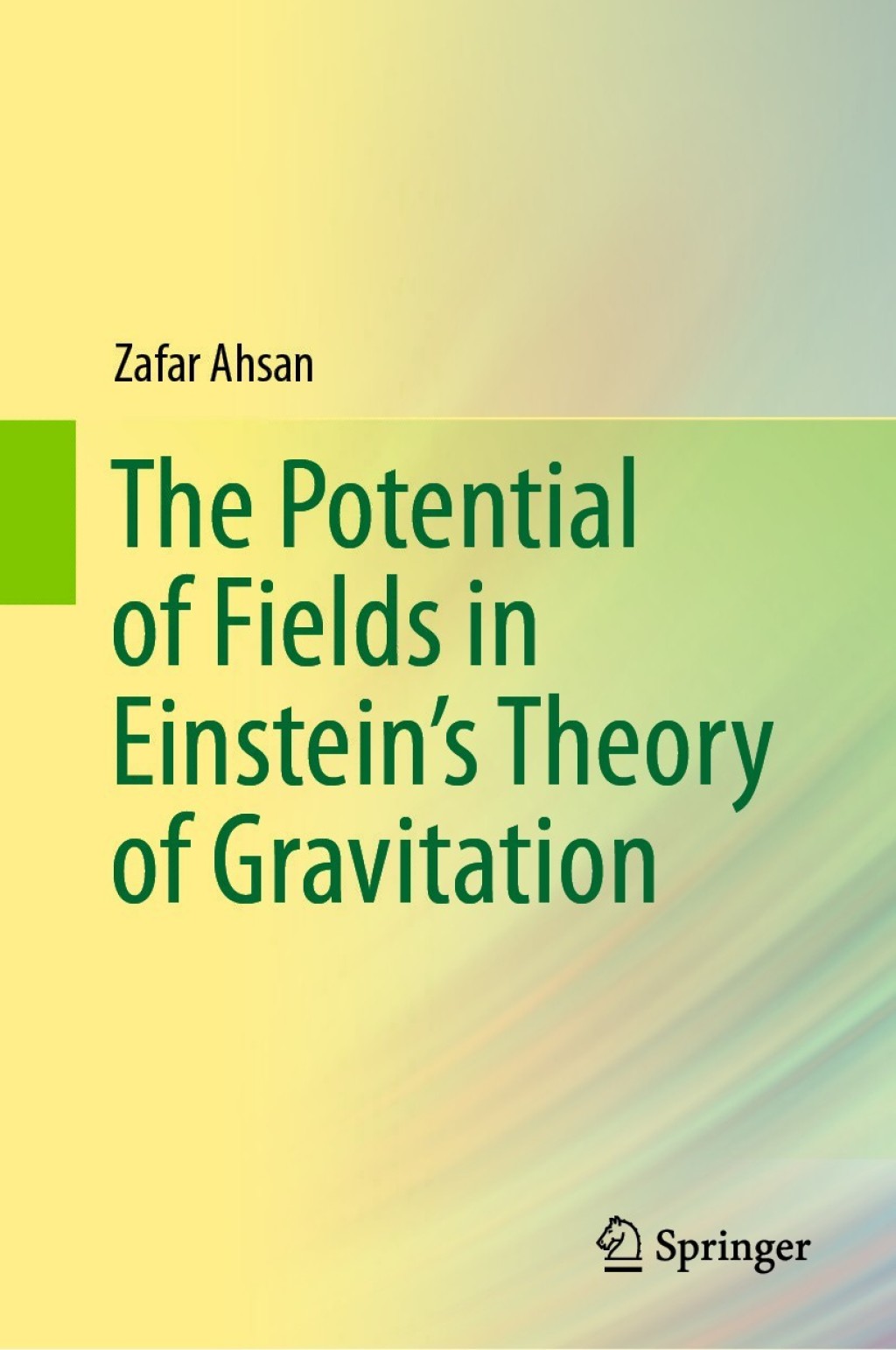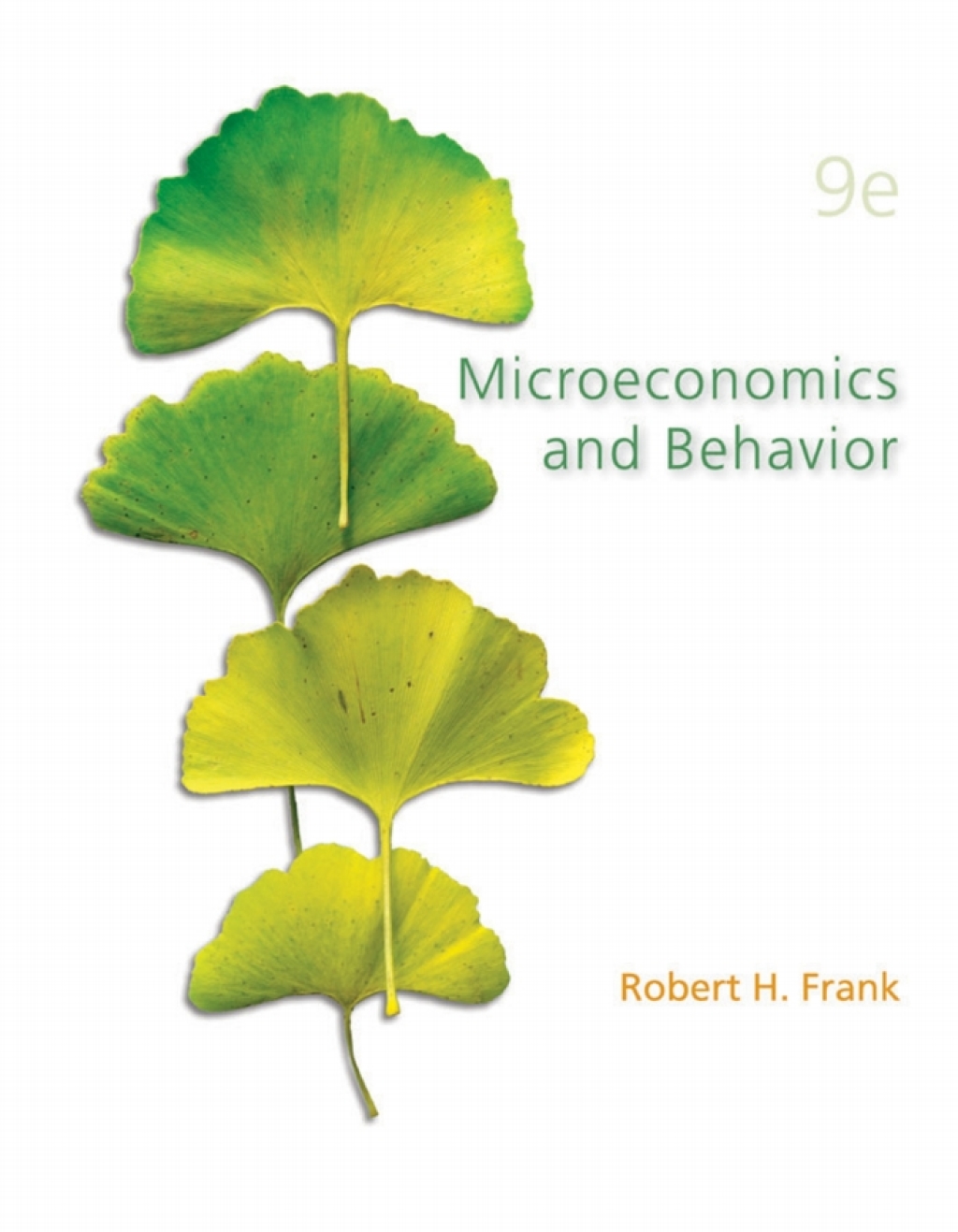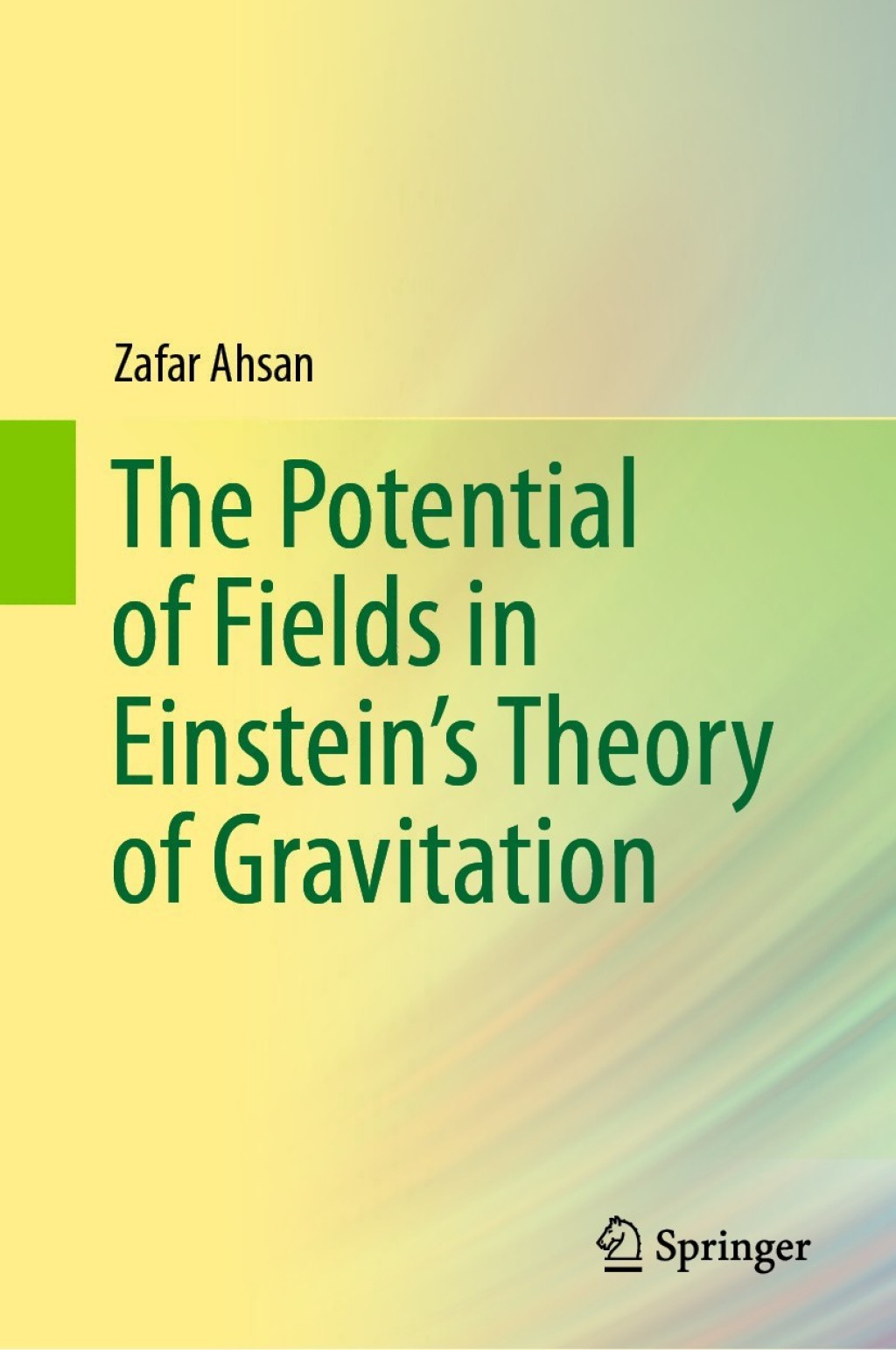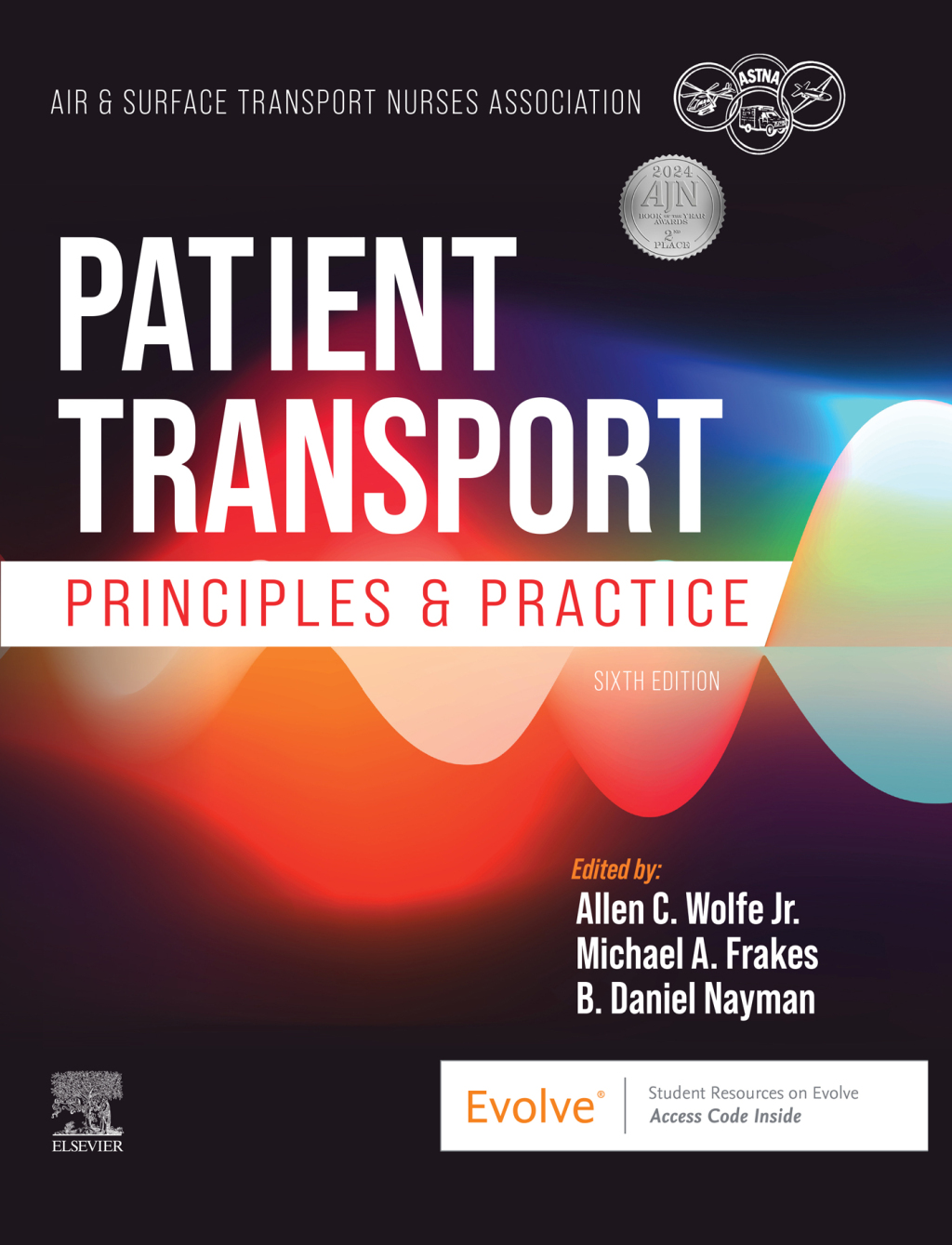Description
This book presents a detailed study of the Lanczos potential in general relativity by using tetrad formalisms. It demonstrates that these formalisms offer some simplifications over the tensorial methods, and investigates a general approach to finding the Lanczos potential for algebraic space–time by translating all the tensorial relations concerning the Lanczos potential into the language of tetrad formalisms and using the Newman–Penrose and Geroch–Held–Penrose formalisms. In addition, the book obtains the Lanczos potential for perfect fluid space–time, and applies the results to cosmological models of the universe. In closing, it highlights other methods, apart from tetrad formalisms, for finding the Lanczos potential, as well as further applications of the Newman–Penrose formalism. Given its scope, the book will be of interest to pure mathematicians, theoretical physicists and cosmologists, and will provide common ground for communication among these scientific communities.



















